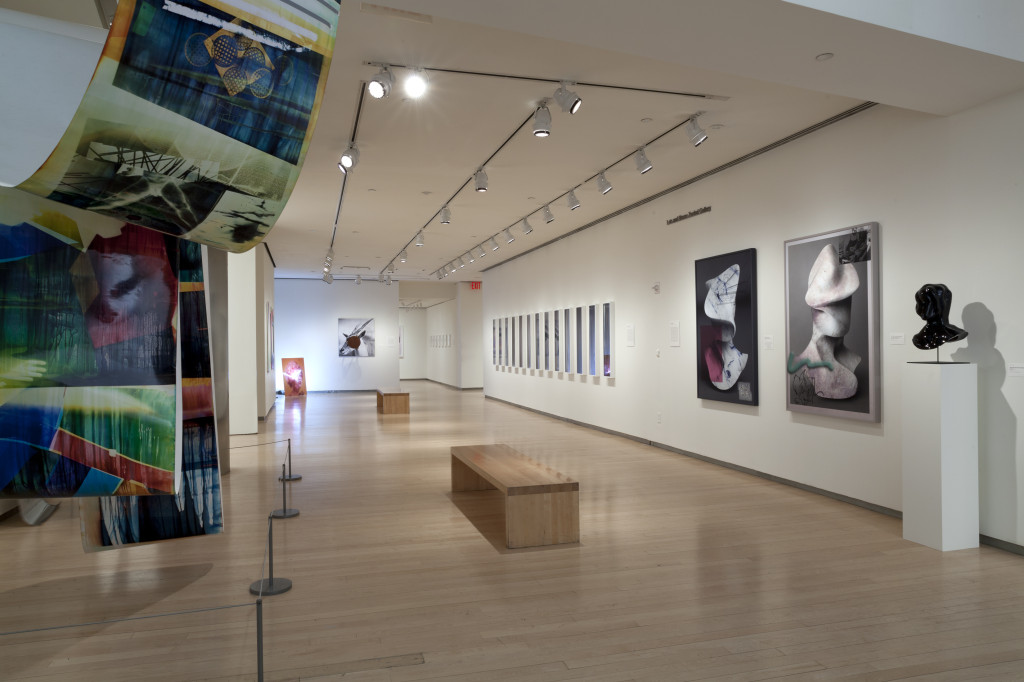Such is the title of an upcoming exhibition/program at Haus der Kulturen der Welt in Berlin. Students in Photo II might find interest in this considerate approach to the content of war, especially as it relates to our recent reading in the Wells text on traditions of documentary, historically and now.
 |
| Image Credit: Krieg erzählen | Foto: Sebastian Bolesch (sourced from HKW) |
Below is an excerpt from the press release on
E-Flux:
In Narrating War, Haus der Kulturen der Welt deliberately does not take the great catastrophes of the 20th century as its point of reference. Rather, it places conflicts of the recent past and the present at the center, from the civil wars in the former Yugoslavia to the wars in the Middle East, in the Gaza Strip and in Syria. The year 2014 marks not only the centenary of the start of the First World War, but also the 20th anniversary of the genocide in Rwanda. And, not least, it is the year in which Germany will begin to withdraw its troops from Afghanistan. How are the stories of these wars told today? And what is kept silent? Who is allowed to speak, and what fissures, gaps, formulas, and clichés arise when they do?
Reporting, the ur-technique of dealing with information, is not a neutral process. It smooths out and filters, abbreviates and expands on its subject. What formats in texts, pictures, and films are suitable for conveying extreme experiences in war? At what cost? Why do objectifying reports so often fail, and why do so many reporters choose subjective perspectives? Narrating War brings together war correspondents and photographers, editors and academics, soldiers and human rights activists, filmmakers and witnesses from war zones and conflict areas. In roundtables, in panels, and one-on-one, the participants will discuss doubts and fears, errors and the unspoken, coincidences and taboos—the “making of” behind professional reporting which normally remains hidden from news consumers. The discussions will be complemented and contrasted by readings by actors and a selection of extraordinary documentary films put together and commented on.


